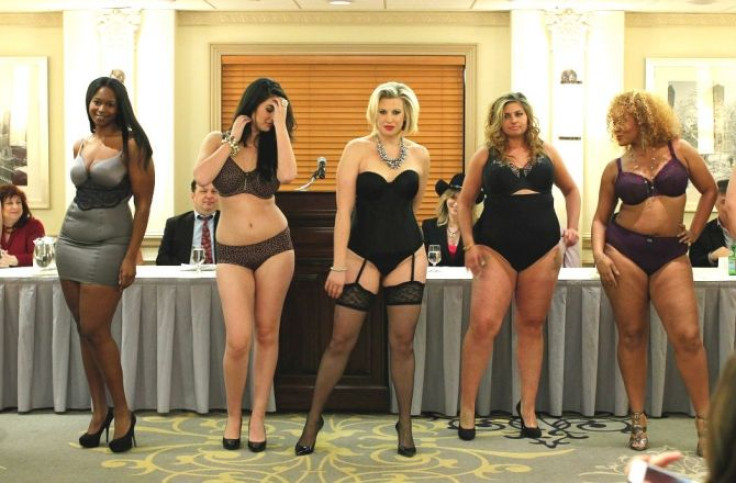Psychological Stress Causes Men to Prefer Heavier Women

Men under psychological stress prefer heavier, fuller-figured women over thinner women, a new study has revealed.
British scientists led by Viren Swami of the University of Westminster in London compared how stressed and stress-free men responded to a variety of pictures of female bodies ranging from emaciated to obese and discovered that men perceived normal weight and overweight female figures to be significantly more attractive when they were stressed.
Stress also appeared to make men desire a significantly broader range of female figures compared to normal situations, according to a new study published in the journal PLoS ONE.
The study consisted on 81 heterosexual college students assigned to either the stress of the control group. Researchers chose only British and white participants because an observer's ethnicity may influence body size judgment.
The participants in the stress group were given the Trier Social Stress Test, a 15-minute laboratory stressor that has been consistently shown to increase levels of acute psychological stress as measured by free cortisol levels.
The stress test included a 10-minute preparatory period and a 5-minute speech participants had to give to four individuals in front of a video camera in which participants assumed the role of a job applicant invited for a personal interview with a company’s selection committee.
Twenty minutes following the stress test, participants were taken to a separate room where they were asked to rate a set of 10 photographs of female figures, which represented the full range of established body mass index categories from emaciated to obese.
Participants had to first rate each of the 10 photographs for physical attractiveness and then asked to rate the figure that they found most physically attractive.
Researchers also measured the BMI of the male participants and asked participants to fill out a questionnaire that measured their appetite sensation to match participants in the experimental group to those in the control group in terms of age, BMI and their appetite.
Results from the study showed that men in the stress group rated a significantly heavier female body size as the most attractive figure and rated heavier female bodies as more attractive and idealized a broader range of female figures than did the control group.
Previous studies have found that body size ideals are in part shaped by an individual’s resource security, and heavier body sizes are preferred where or when resources are unpredictable or unavailable. Several cultural studies have found that a strong inverse relationship between socioeconomic status, a variable for resource security, and ideal body size, in which people in lower socioeconomic status prefer fuller figures.
Other studies have found that hungry men also prefer a significantly heavier body size compared to satiated men.
The study authors wrote that the latest findings suggest that individuals are more likely to prefer "mature morphological traits" like heavier body size when they experience environmental threats whether it be physically, economically or socially.
Scientists say that people may have preferences for more mature physical characteristics like heavier body size in stressful situations compared to their preferences in non-threatening conditions because physical maturity is associated with the ability to handle threatening situations and mature physical features may communicate strength, control and independence during times of threat when such qualities should be most desired.



























